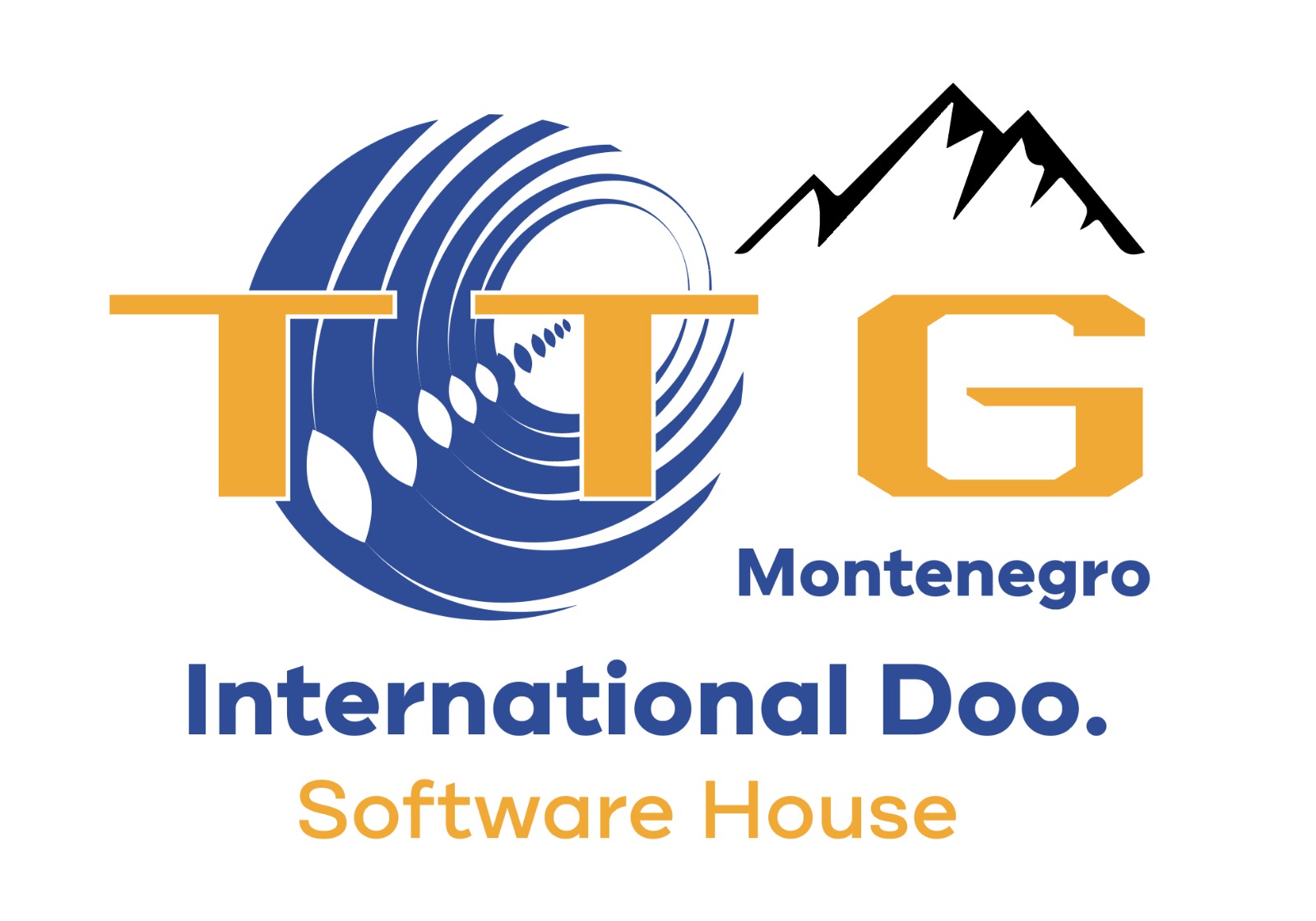Wi-Fi has become an integral part of our daily lives, connecting our devices to the internet and allowing us to access information, communicate, and entertain ourselves. Over the years, Wi-Fi technology has evolved, with various standards emerging to cater to the changing needs of users and devices. In this article, we’ll explore both current and older Wi-Fi standards, shedding light on their features, benefits, and how they’ve shaped the world of wireless communication.
The Evolution of Wi-Fi Standards
-
- IEEE 802.11 (1997) – The Pioneer The journey of Wi-Fi began with the IEEE 802.11 standard, introduced in 1997. This was the first step in wireless networking, offering speeds up to 2 Mbps. While it laid the foundation for future standards, it was relatively slow and had limited range.
- IEEE 802.11b (1999) – The Popular Choice Building on the original standard, 802.11b was introduced in 1999. It became widely popular due to its increased speed of up to 11 Mbps and better range. Many consider this the standard that truly brought Wi-Fi into mainstream usage.
- IEEE 802.11a (1999) – The Speed Demon Introduced alongside 802.11b, the 802.11a standard offered faster speeds of up to 54 Mbps. However, it operated on the 5 GHz band, which limited its range compared to 802.11b. Due to its higher cost and shorter range, it was less popular among consumers.
- IEEE 802.11g (2003) – The Best of Both Worlds Combining the best features of its predecessors, 802.11g offered speeds up to 54 Mbps while operating on the more common 2.4 GHz band. This standard became widely adopted due to its balance of speed and range.
- IEEE 802.11n (2009) – The Game Changer Introduced in 2009, 802.11n was a significant leap in Wi-Fi technology. It introduced MIMO (Multiple Input, Multiple Output) technology, allowing for multiple data streams. This standard could achieve speeds up to 600 Mbps and had improved range and reliability.
- IEEE 802.11ac (2013) – The Modern Standard The 802.11ac standard, often referred to as Wi-Fi 5, operates on the 5 GHz band and introduced several advancements, including wider channels and MU-MIMO technology. With potential speeds up to 3.46 Gbps, it’s the choice for many modern devices and routers.
- IEEE 802.11ax (2019) – Wi-Fi 6 The latest in Wi-Fi technology, Wi-Fi 6 or 802.11ax, is designed for today’s world of numerous connected devices. It offers faster speeds, improved efficiency, and better performance in congested areas. With speeds potentially up to 9.6 Gbps, it’s set to revolutionize wireless communication.
The Impact of Wi-Fi Standards
The evolution of Wi-Fi standards has had a profound impact on how we live and work. Faster speeds have enabled smoother streaming, online gaming, and quicker downloads. Improved range means larger homes and offices can have consistent Wi-Fi coverage without dead zones. The ability to handle multiple devices ensures that our growing number of smart devices, from phones to fridges, can stay connected.
The Future of Wi-Fi
As technology continues to advance, so will Wi-Fi standards. The upcoming Wi-Fi 7 promises even faster speeds, lower latency, and better performance. As the number of connected devices continues to grow, the need for robust and reliable Wi-Fi will only increase.
In conclusion, Wi-Fi has come a long way from its humble beginnings in 1997. Each standard has brought with it new features and improvements, shaping the way we connect to the internet and interact with our devices. As we look to the future, it’s exciting to imagine what the next generation of Wi-Fi will bring.
Source: Wikipedia.



